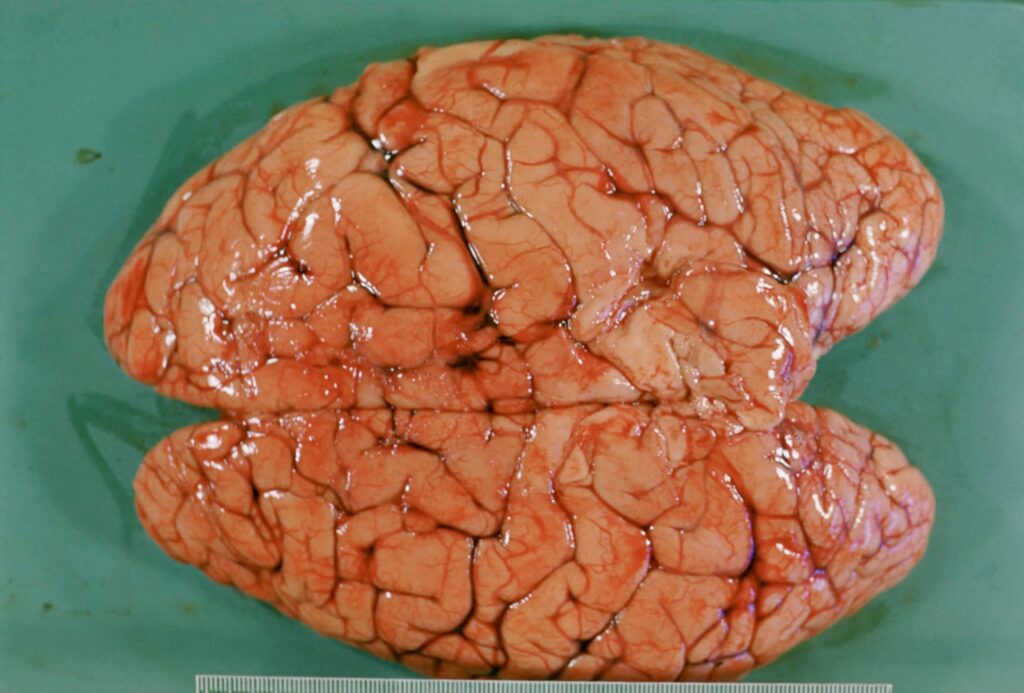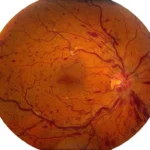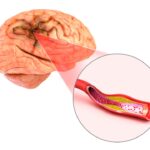Cerebral edema, commonly referred to as brain swelling, is a critical condition characterized by the accumulation of excess fluid in the brain’s intracellular or extracellular spaces. This abnormal buildup increases intracranial pressure (ICP), potentially leading to severe neurological impairments or life-threatening complications. Understanding the underlying causes, symptoms, diagnostic techniques, and treatment strategies is essential for effective management.

Causes of Cerebral Edema
Cerebral edema can arise from various conditions, broadly classified into four main types:
- Vasogenic Edema
- Caused by a breakdown of the blood-brain barrier (BBB).
- Common in tumors, infections, and trauma.
- Cytotoxic Edema
- Results from cellular injury leading to water accumulation within brain cells.
- Often seen in ischemic strokes or toxic poisoning.
- Interstitial Edema
- Occurs due to obstructed cerebrospinal fluid (CSF) flow, leading to fluid leakage into brain tissue.
- Frequently associated with hydrocephalus.
- Osmotic Edema
- Results from osmotic imbalances between the blood and brain tissue.
- Observed in cases of hyponatremia or rapid dialysis.
Symptoms of Cerebral Edema
Symptoms vary depending on the severity and location of the edema. Common signs include:
- Neurological Symptoms:
- Headache, nausea, and vomiting.
- Altered mental state, including confusion and lethargy.
- Seizures or loss of consciousness in severe cases.
- Focal Symptoms:
- Weakness or paralysis in specific body parts.
- Difficulty with speech or vision.
- Other Indicators:
- Elevated blood pressure and irregular breathing patterns.
Diagnosis of Cerebral Edema
Accurate diagnosis is crucial for effective treatment. Key diagnostic tools include:
- Neuroimaging Techniques:
- CT Scan: Provides detailed images of brain structures, identifying swelling or lesions.
- MRI: Offers superior resolution for detecting subtle edema and underlying causes.
- Intracranial Pressure Monitoring:
- Invasive methods to measure ICP directly, aiding in assessing severity.
- Blood Tests:
- Evaluates potential contributing factors like infections, toxins, or metabolic imbalances.
Treatment and Management
The management of cerebral edema focuses on reducing ICP and addressing the underlying cause. Treatment approaches include:
Medical Interventions
- Osmotic Therapy:
- Administering hypertonic saline or mannitol to draw fluid out of the brain and reduce swelling.
- Corticosteroids:
- Effective in reducing vasogenic edema, particularly in tumors or inflammatory conditions.
- Diuretics:
- Help in reducing overall fluid volume.
Surgical Procedures
- Decompressive Craniectomy:
- Removal of part of the skull to relieve pressure.
- Ventriculostomy:
- Insertion of a catheter to drain excess CSF and lower ICP.
Supportive Care
- Ensuring adequate oxygenation and blood pressure control.
- Sedation to minimize brain metabolic demand.
Prevention Strategies
Preventive measures can reduce the risk of conditions leading to cerebral edema:
- Timely Management of Head Injuries:
- Prompt treatment to mitigate complications.
- Control of Chronic Conditions:
- Effective management of hypertension and diabetes.
- Lifestyle Modifications:
- Adequate hydration and avoidance of high-risk activities.
Prognosis and Outlook
The prognosis depends on the cause, severity, and promptness of treatment. Early intervention often improves outcomes, minimizing long-term neurological deficits.

